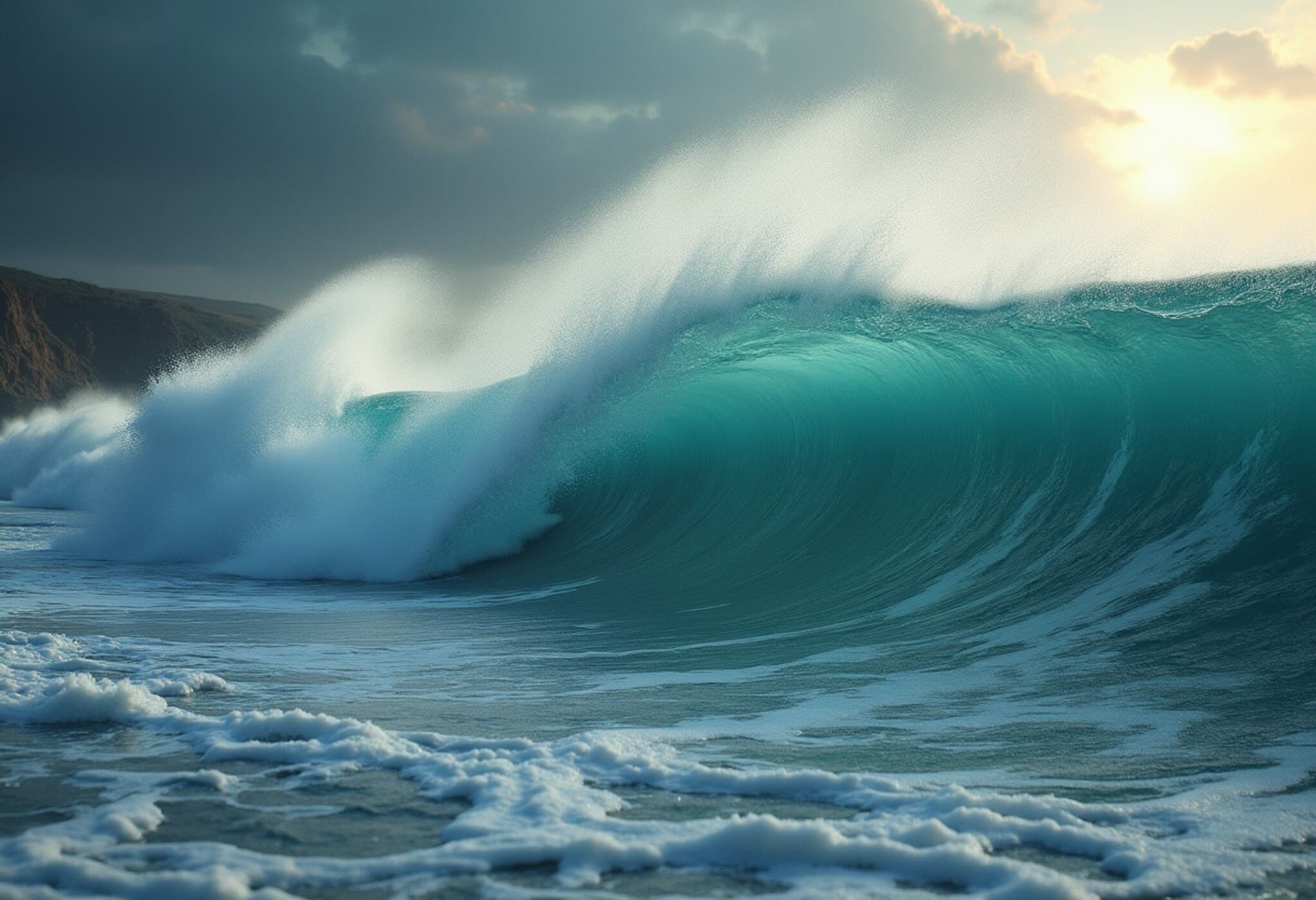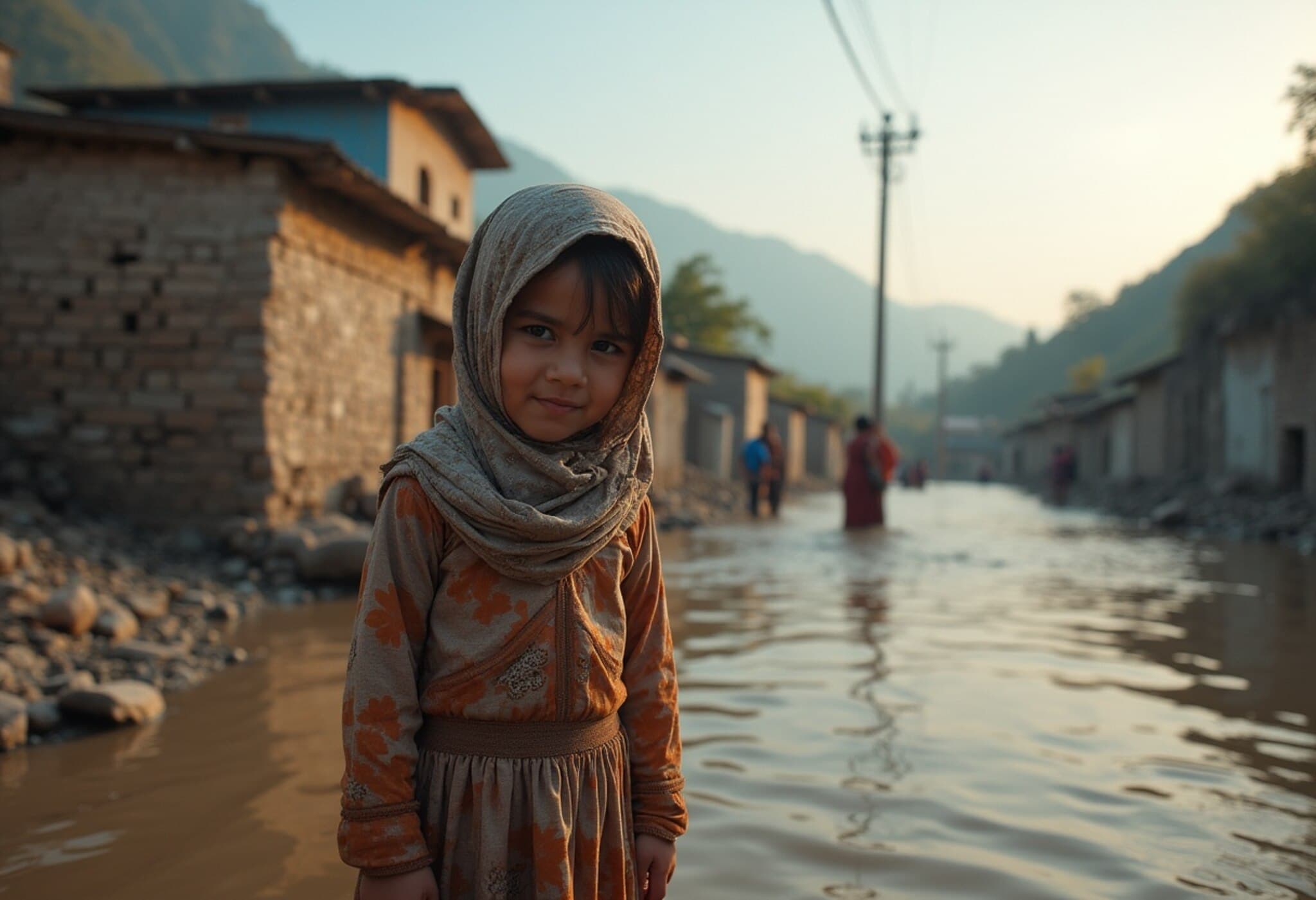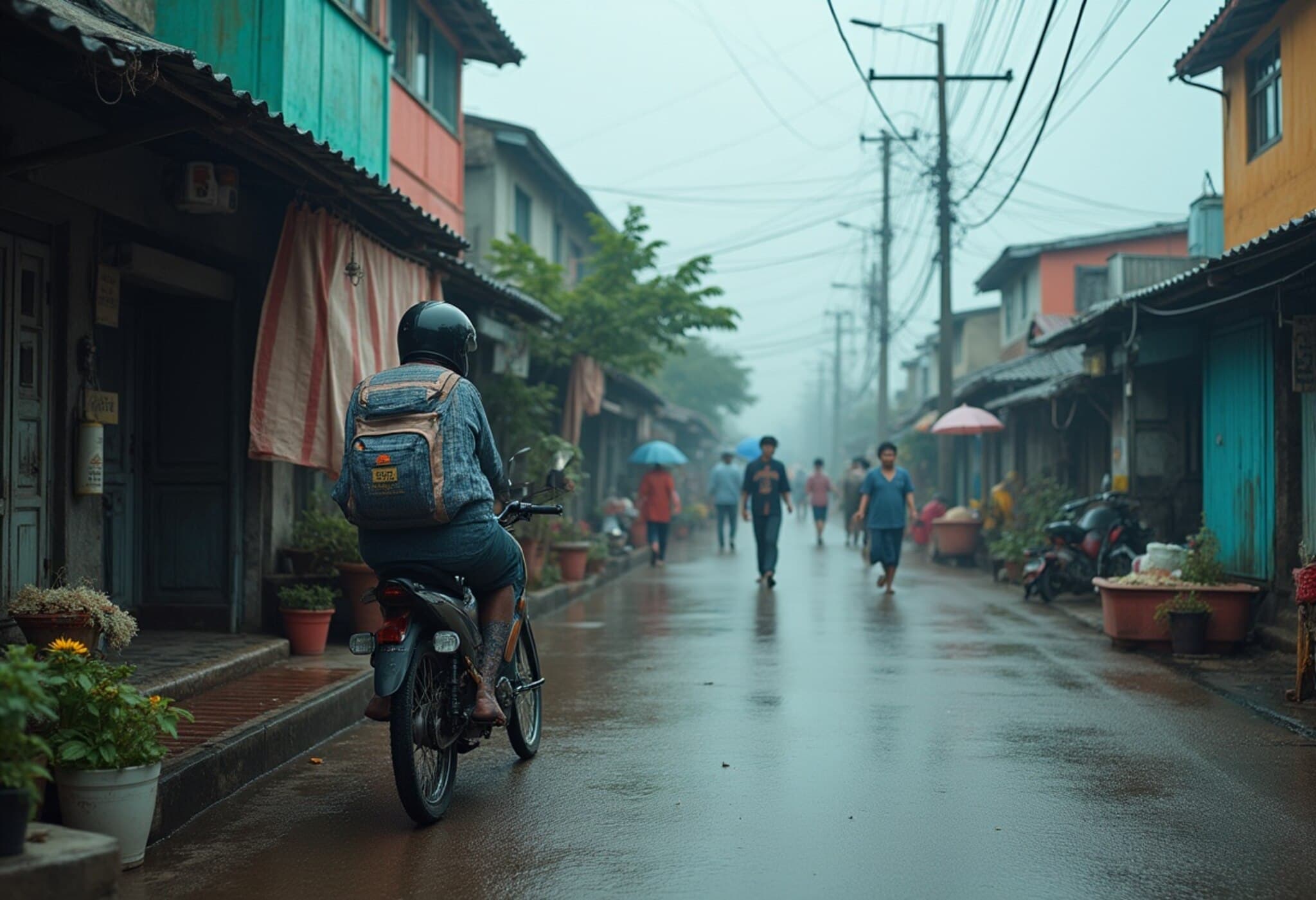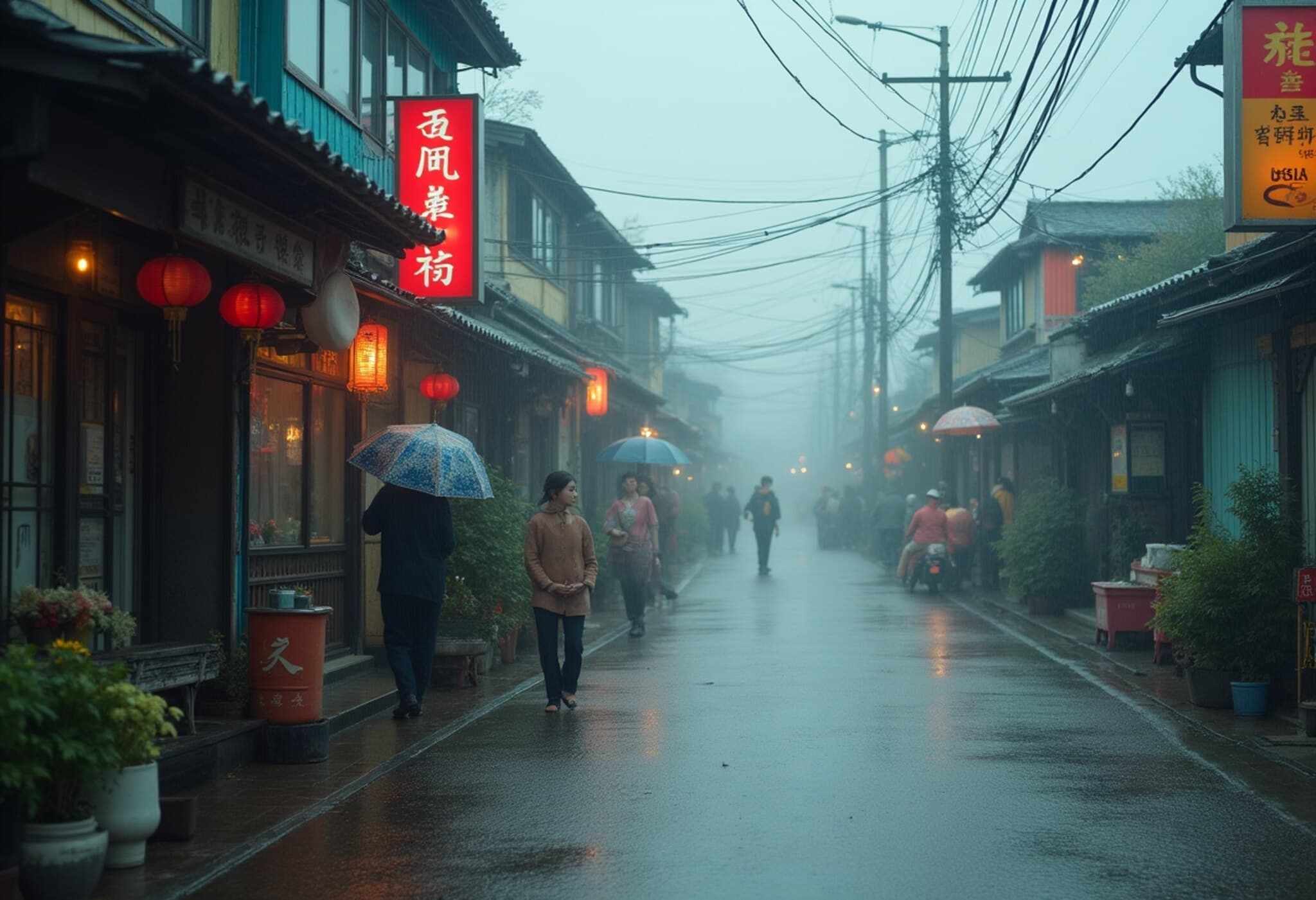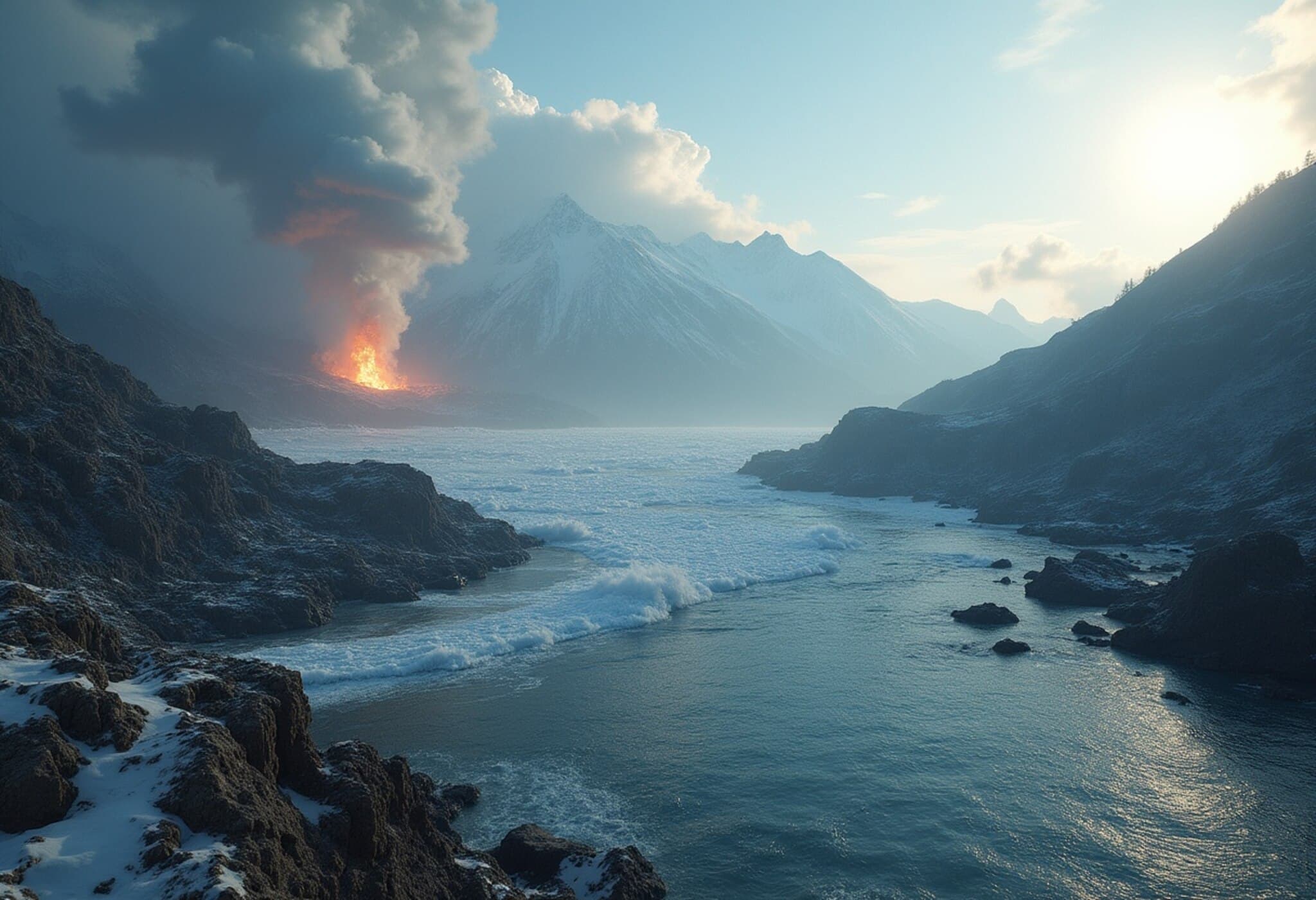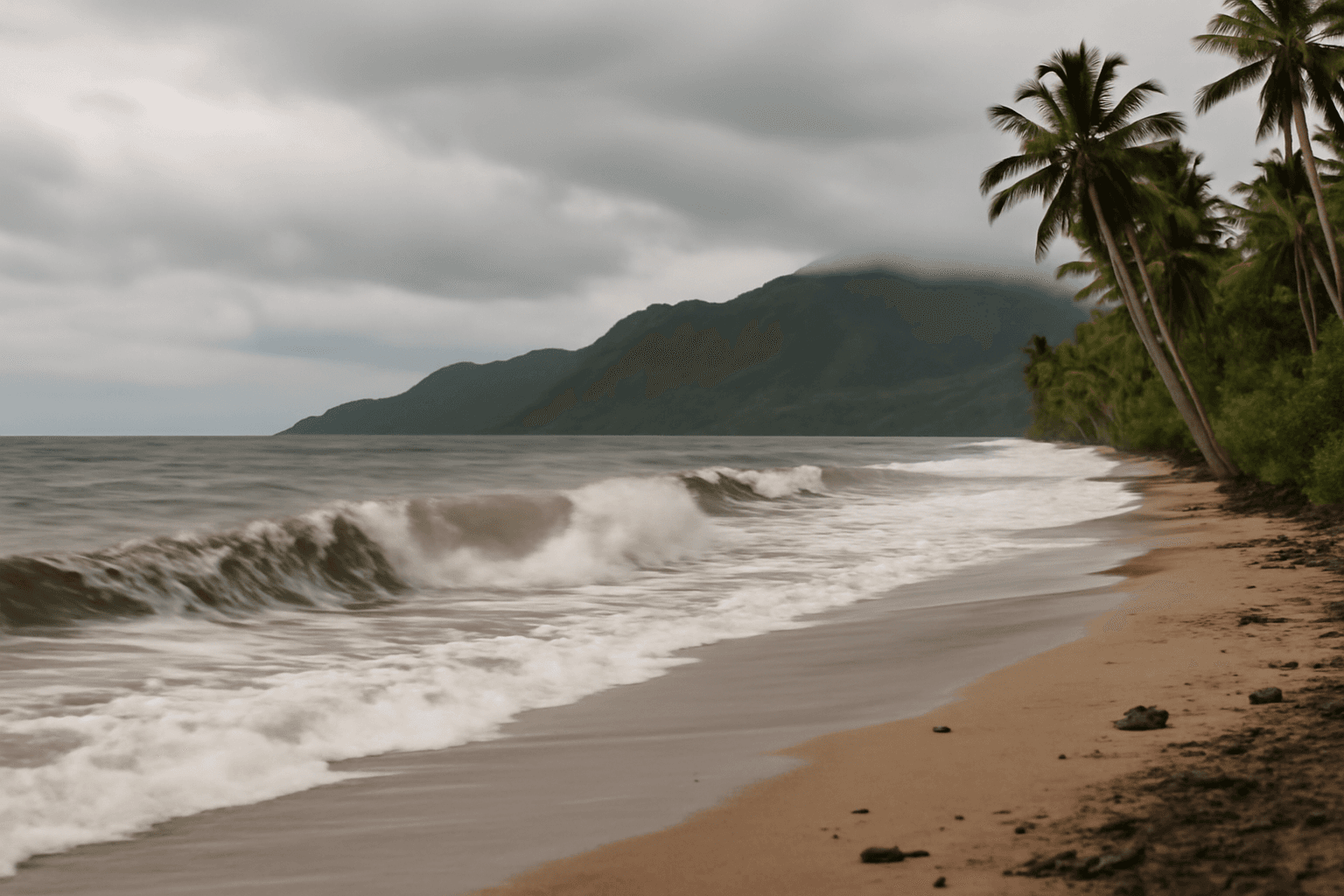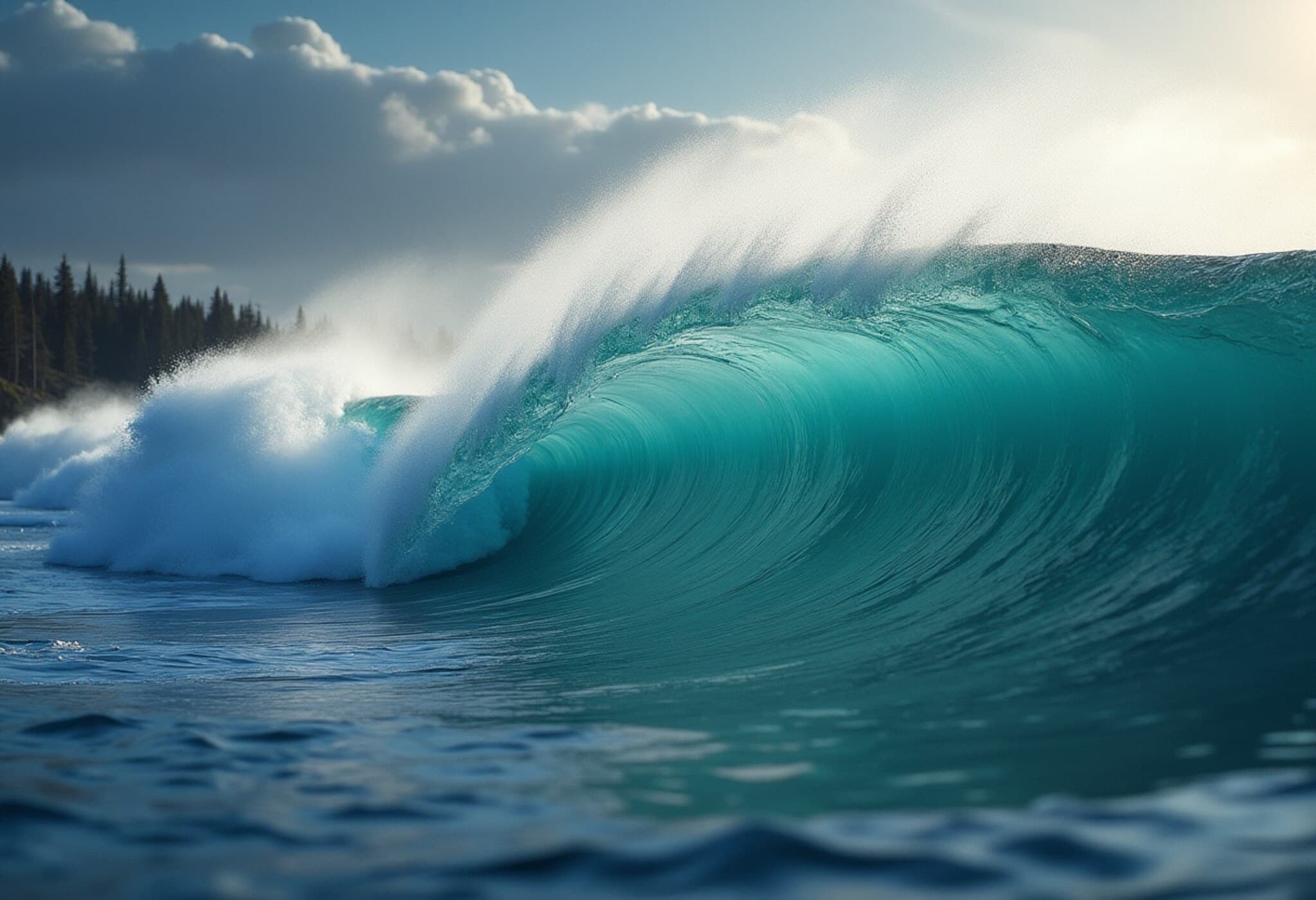Unraveling the 10 Deadliest Tsunamis in World History
Throughout human history, tsunamis have been among the most devastating natural disasters, leaving deep scars on coastal communities worldwide. These towering waves, often triggered by earthquakes or volcanic eruptions beneath the ocean, can unleash catastrophic destruction in mere minutes. This article explores the 10 deadliest tsunamis recorded, shedding light not only on their staggering human toll but also on the scientific, social, and policy lessons they have inspired.
1. The 2004 Indian Ocean Tsunami: The Deadliest Disaster in Recent Memory
On December 26, 2004, a colossal 9.1 magnitude earthquake off the coast of Sumatra, Indonesia, triggered a series of massive tsunami waves that swept across the Indian Ocean. With over 230,000 lives lost across Indonesia, Sri Lanka, India, Thailand, and other nations, this remains the deadliest tsunami in recorded history.
This catastrophe exposed glaring gaps in early warning systems and international disaster preparedness. In response, regional cooperation was strengthened, especially in the Indian Ocean region, to establish more effective tsunami warning networks. Despite technological advances, vulnerable coastal populations remain at risk in many parts of the world.
2. The 2011 Tohoku Tsunami, Japan: A Complex Catastrophe
Triggered by a magnitude 9.0 earthquake on March 11, 2011, Japan’s Tohoku tsunami generated waves up to 40 meters high. The disaster claimed approximately 18,500 lives and caused widespread destruction along Japan’s northeastern coast.
Additionally, it precipitated a nuclear crisis at Fukushima Daiichi, highlighting the cascading effects natural disasters can have on human infrastructure and energy security. Japan’s experience underscores the importance of integrating nuclear plant safety into disaster risk management frameworks.
3. The 1755 Lisbon Tsunami, Portugal: Europe’s Historic Cataclysm
On November 1, 1755, a massive earthquake and resulting tsunami struck Lisbon. Coupled with widespread fires, the disaster claimed between 50,000 and 70,000 lives, decimating the city and deeply influencing European philosophy and urban planning.
This event is often credited with advancing modern seismology and emergency response concepts in Europe, laying early groundwork for contemporary disaster policy.
4. The 1883 Krakatoa Tsunami, Indonesia: Volcanic Fury Unleashed
The catastrophic volcanic eruption of Krakatoa on August 27, 1883, triggered tsunamis that devastated coastal settlements around the Sunda Strait. The waves obliterated communities, killing over 36,000 people.
The eruption’s effects were felt globally, with atmospheric changes impacting climate. Krakatoa remains a stark example of how geological phenomena can compound natural disasters.
5. The 1908 Messina Tsunami, Italy: Southern Italy’s Tragic Moment
On December 28, 1908, a violent earthquake struck the Strait of Messina, triggering tsunami waves that ravaged the towns of Messina and Reggio Calabria. With an estimated 100,000 fatalities, it ranks among Europe’s deadliest natural disasters.
This tragedy prompted advancements in earthquake and tsunami monitoring in the Mediterranean basin.
6. The 1868 Arica Tsunami: A Pacific-wide Impact
The August 13, 1868 earthquake near Arica (modern-day Chile/Peru) generated a tsunami that traveled across the Pacific Ocean, causing damage in Hawaii and New Zealand. It claimed around 25,000 lives.
The event underscored how tsunamis can have far-reaching consequences beyond the immediate epicenter.
7. The 2018 Sulawesi Tsunami, Indonesia: A Rapid Onset Disaster
On September 28, 2018, a high-magnitude earthquake struck Sulawesi, Indonesia. Within minutes, a tsunami up to 6 meters high devastated Palu city, exacerbated by soil liquefaction that swallowed large sections of the urban area, resulting in over 4,300 deaths.
This tragedy highlighted challenges in ensuring warning systems reach vulnerable populations rapidly and effectively.
8. The 1946 Aleutian Tsunami, Alaska and Hawaii: Catalyst for Warning Systems
Following a powerful earthquake near the Aleutian Islands on April 1, 1946, tsunami waves destroyed coastal areas of Hilo, Hawaii, killing 165 people.
The disaster spurred the establishment of the Pacific Tsunami Warning Center, marking a milestone in regional tsunami preparedness and early warning dissemination.
9. The 1707 Hoei Tsunami, Japan: An Ancient Tragedy Linked to Mt. Fuji
The Hoei earthquake on October 28, 1707, caused a tsunami that wiped out parts of southern Japan, with around 30,000 lives lost. This event may be connected to the subsequent eruption of Mount Fuji, highlighting complex Earth interactions.
Key Takeaways and Reflections
- Early Warning and Preparedness: Many deadliest tsunamis underscore the vital importance of sophisticated, reliable early warning systems and evacuation procedures.
- Complex Disaster Cascades: Natural hazards like earthquakes can trigger multiple intertwined crises, such as nuclear failures and volcanic eruptions, raising the stakes for integrated risk assessments.
- Global Reach of Tsunamis: Large ocean-spanning waves can impact countries thousands of miles away from the epicenter, emphasizing international cooperation.
- Socioeconomic Vulnerabilities: Coastal impoverished communities often bear the brunt of tsunamis, demanding focused humanitarian and climate resilience initiatives.
As climate change drives sea level rise and potentially influences seismic activity, understanding and mitigating tsunami risks remain urgent priorities worldwide.
Editor’s Note
Tsunamis are natural reminders of Earth’s overwhelming power and human vulnerability. Beyond memorializing tragic loss, revisiting these historic events compels us to reflect on advancements in science, preparedness, and policy — but also to recognize persistent gaps. How can emerging technologies and greater global solidarity better protect at-risk communities? What lessons remain unlearned? This ongoing dialogue is essential for building safer, more resilient coastal futures.

